Costume for Men During the Period 1650-1680
Men’s fashion during 1650-1680 went through a shift from the earlier, more flamboyant style to a more sober and structured look. Here are two main options for a costume depending on the specific year within this period. In this article, we explain the Costume for Men During the Period 1650-1680.
Costume for Men During the Period 1650-1680
Shirts
Collars & bands were other a part of the shirt or a separate piece. These enlarged at the front to form of bib like, often lace-trimmed, construction. After 1665 a long linen tie served as an alternative to the collar. Changes in the doublet caused shirts to become more visible & more important. The shirt was the common costume for men during that period.
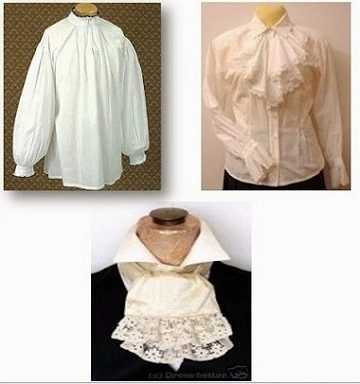
Doublet:
This garment shortened ending several inches above the waist. Straight & unfitted through the body doublet sleeves ended the elbow. There were also some sleeveless forms.
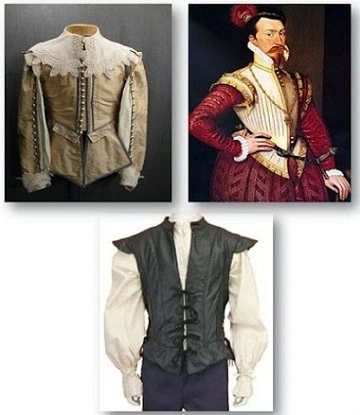
Breeches:
The most important variations were these.
- Full & drawn in to tie at the knee.
- Petticoat breeches or rhine graves: a divided skirt rather like a modern culotte, that was cut so full that it gave the appearance of a short skirt.
- Petticoat Breeches (1650-1680)
- Wide ruffles attached at the bottom of breeches were called canons.
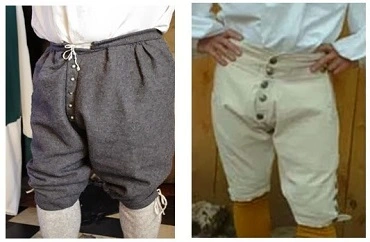
The origin of these breeches, popular from about 1650 to 1675 is uncertain, but the name Rhine Graves would indicate that they may have originated by Germany.
Vests:
The origin of prototype of what eventually provided into the three-piece suit is thought to be a garment that was introduced to the English court by Charles II in 1666.
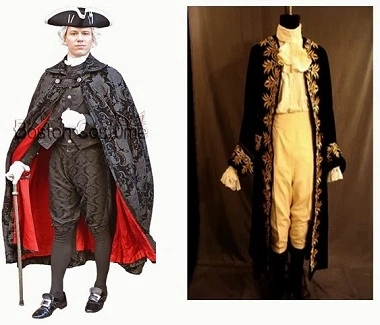
Called by contemporaries a “vest” a term used in clothing similar to Persian garments of somewhat short-cut. It is thought to have oriental antecedents. The basic pattern of a long coat & long vest underneath worn over a shirt & breeches did become the basic components of men’s dress not only in England but also in France by around 1680.
Outdoor garments
These included cloaks or capes & coats which were cut full, some versions ending at the knee & obscuring the costume beneath.
Hair & headdress:
Hair:
Some men shaved their heads & wore long curling wigs. Others dressed their own hair in long curling styles.
Hats:
Men wore hats indoors & outdoors and in church.
The most important styles were.
- Wide-brimmed, low-crowned, feather-trimmed hats. (This style was associated with “ Cavaliers” or supports of the British royal family.)
- High-crowned, small-brimmed captains. ( This style was associated with supporters of the Puritan faction, opposed to the king, in England.)
Footwear
Footwear was the another attractive costume for men. Shoes had elaborate rosette, ribbon & buckle trimmings. Shoes were preferred to boots for fashionable dress. Boots were worn for riding & in bad weather. The term galosh appears in contemporary records.
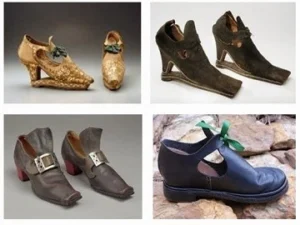
Remember, this is a general guideline for that specific period. You can choose elements from both styles or personalize them for your costume!
